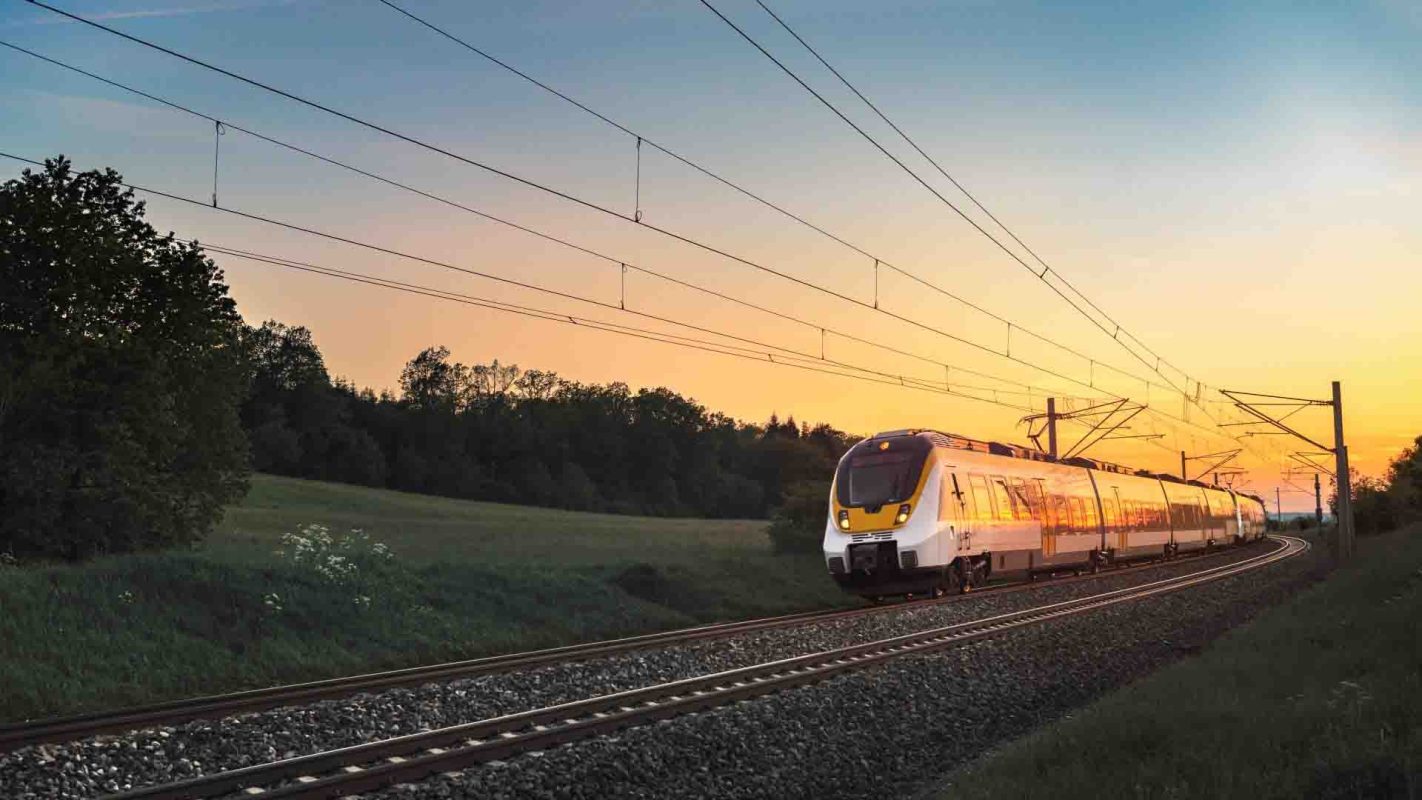A Swiss startup has developed photovoltaic (PV) solar panels that can be placed on railway systems, with the potential to generate mass amounts of energy across Switzerland's more than 4,300 miles of railway.
The company, Sun-Ways, is expected to bring its first solar railways online in May, starting with part of a track owned by the Swiss rail operator Transports Publics Neuchâtelois SA. The panels will sit in the spaces between the tracks, meaning trains will literally be driving over them as they pass by.
The initial rollout will occupy about 360 feet. The pre-assembled panels are rolled out onto the railway in a manner similar to unrolling a carpet and can be easily moved when it's time for maintenance and repairs.
According to Sun-Ways, 10 kilometers (around six miles) of railway tracks can house 5,000 of its solar modules and produce two gigawatt hours of solar energy every year — enough to power 20 million light bulbs. This would bring the cost of electricity to about ten cents per KWh — about half the price of conventional electricity in the U.S.
The tech has the potential to help generate renewable energy, reducing pressure on the grid without the need for dirty energy sources like oil and gas, which are a leading source of pollution and planet-warming carbon. Europe is home to approximately 162,000 miles of railway, and globally there are more than 720,000 miles of railroad tracks, so it's a huge resource for energy-generating potential.
The solar energy panels are feeding into the grid, but could also eventually power the trains themselves.
"[T]he ideal would be to feed the electricity into the railway network," a Sun-Ways spokesperson told PV Magazine. "We know there are engineering development projects trying to build an efficient transformer that will make this possible. With this solution, there would be no problem with the cable length as the feed would be done directly into the railway line."
Want more? Follow The Cool Down on Instagram and join our Weekly Newsletter for cool stories and easy tips that save you money, time, and our planet.








